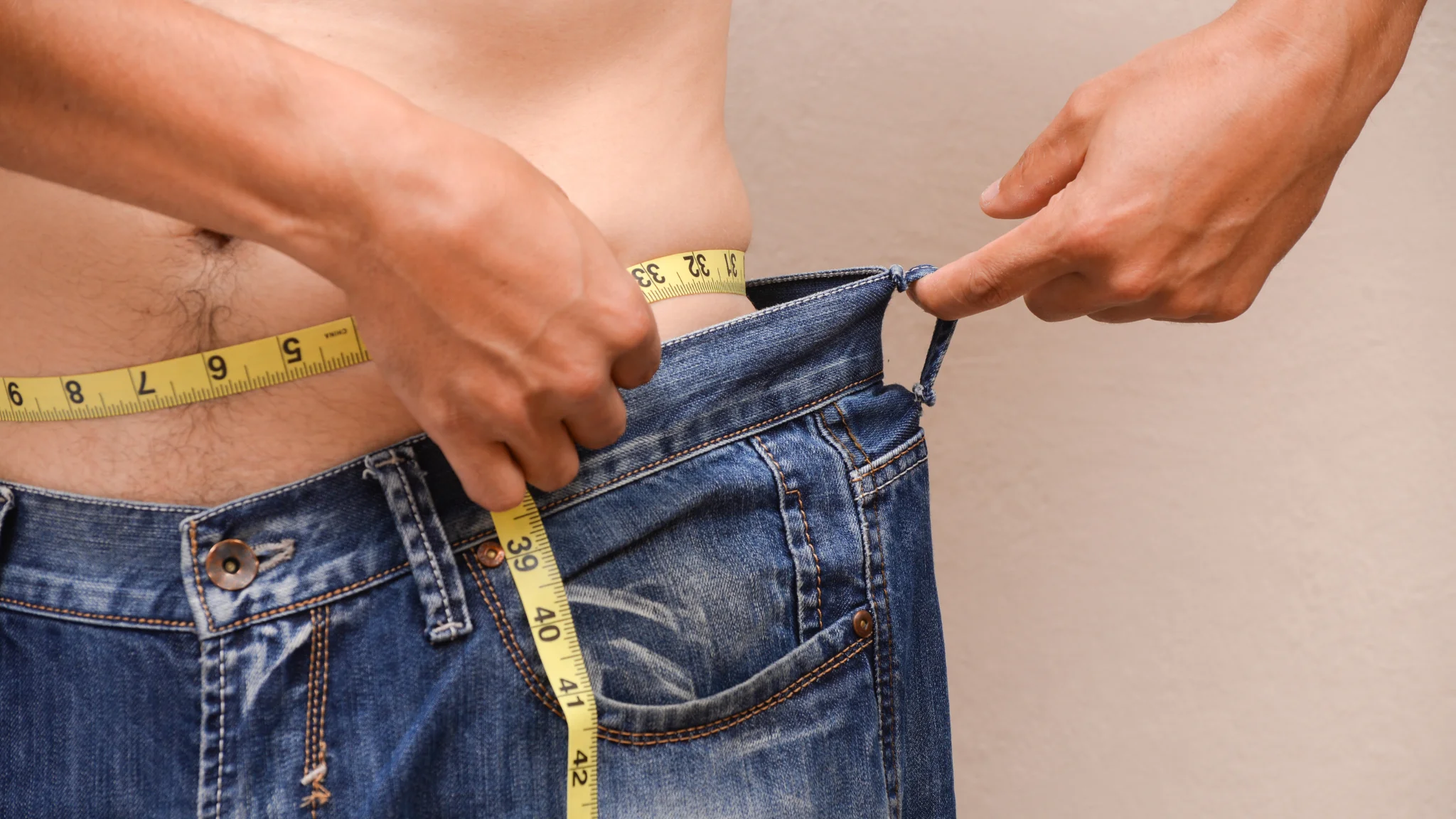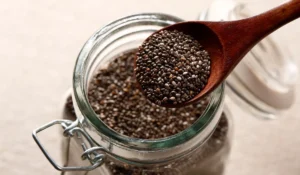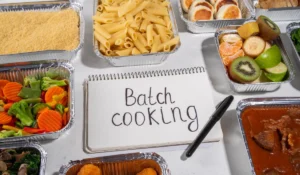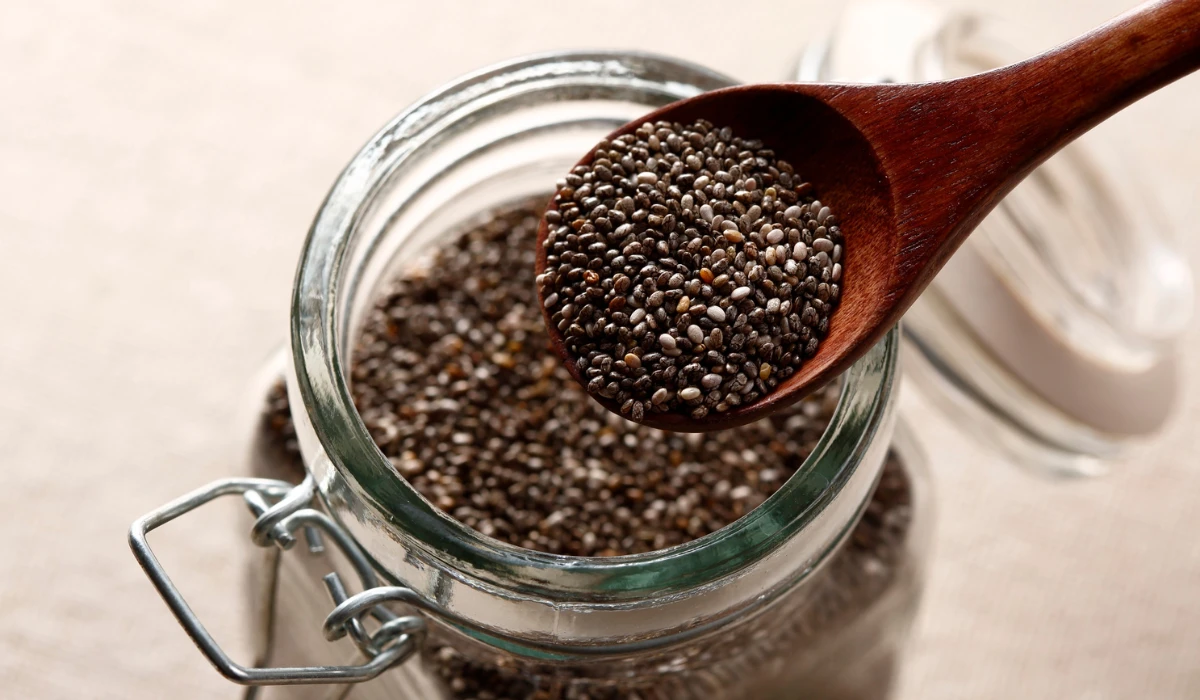If you want to lose 30 lbs in 2 months safely, you need a structured plan combining diet, exercise, and lifestyle changes. Rapid weight loss is possible, but safety is crucial to protect your metabolism and overall health. This guide provides step-by-step strategies, including calorie deficits, high-protein meals, and effective workouts, to help you reach your goal.
You can lose 30 lbs in 2 months safely by creating a calorie deficit, following high-protein meal plans, and exercising consistently. Track your progress and adjust strategies to achieve fast, sustainable, and healthy weight loss results.
Feasibility of Losing 30 lbs in 2 Months

Losing 30 lbs in just two months is ambitious but possible with discipline. Safe weight loss usually ranges from 1–2 lbs per week. However, combining diet, exercise, and metabolism-boosting strategies can accelerate results safely.
Factors influencing weight loss include age, gender, metabolism, and activity level. People with higher initial body fat often see faster results initially. Understanding your body helps set realistic goals and maintain motivation throughout the journey. For more tips on healthy weight loss strategies, you can visit Mayo Clinic’s Weight Loss Guide.
Key Considerations:
-
Metabolism: Faster metabolism burns more calories at rest.
-
Starting weight: Higher body fat can result in quicker initial weight loss.
-
Activity level: Daily movement affects calorie expenditure significantly.
-
Medical conditions: Thyroid issues or medications may slow progress.
Tip: Always consult a healthcare professional before starting rapid weight loss plans to ensure safety.
Creating a Calorie Deficit to Lose 30 lbs

Achieving rapid weight loss requires a proper diet, consistent exercise, and lifestyle changes. College students can follow this guide on how to lose weight in college for practical tips that fit a busy schedule. Maintaining healthy habits ensures long-term results and better energy levels.
Creating a Calorie Deficit
Weight loss occurs when you consistently burn more calories than you consume through your diet and daily activities. To start, calculate your Total Daily Energy Expenditure (TDEE), which provides a baseline for how many calories your body needs each day to maintain weight.
Practical Steps:
-
Track calories using apps like MyFitnessPal or LoseIt.
-
Avoid extreme calorie cuts that can slow metabolism.
-
Combine dietary changes with regular physical activity.
Sample Daily Calorie Plan for 30 lbs in 2 Months:
| Meal | Calories | Notes |
|---|---|---|
| Breakfast | 300–400 | High protein, low sugar |
| Snack | 100–150 | Nuts or Greek yogurt |
| Lunch | 400–500 | Lean protein + veggies |
| Snack | 100 | Protein shake or fruit |
| Dinner | 400–500 | Lean protein + complex carbs |
| Total | 1300–1650 | Adjust based on TDEE |
Tip: Focus on nutrient-dense foods to prevent nutrient deficiencies while cutting calories.
High Protein Meals for Losing 30 lbs
Protein is crucial for preserving muscle during rapid weight loss. It also promotes satiety and boosts metabolism. Aim for 25–30 grams of protein per meal. Including a variety of protein sources ensures balanced nutrition and supports long-term weight loss success.
High-Protein Foods:
-
Lean meats: chicken, turkey, lean beef
-
Fish: salmon, tuna, cod
-
Eggs and egg whites
-
Legumes: lentils, chickpeas, beans
-
Low-fat dairy: Greek yogurt, cottage cheese
-
Protein shakes and bars
Snack Ideas:
-
Nuts and seeds (handful)
-
Cottage cheese with berries
-
Protein smoothies with spinach and fruits
Eating sufficient protein prevents muscle loss, supports metabolism, and reduces hunger between meals.
Exercise Routines to Lose 30 lbs
Exercise accelerates calorie burn and supports sustainable weight loss. Combining cardio and strength training is most effective. Cardio workouts like running, cycling, or swimming burn calories quickly, while strength training builds lean muscle to increase metabolism.
Benefits:
-
Cardio (running, cycling, swimming) burns significant calories.
-
Strength training builds lean muscle, boosting resting metabolic rate.
-
Active recovery and stretching prevent injuries.
Sample Weekly Workout Plan:
| Day | Workout | Duration |
|---|---|---|
| Monday | Cardio (running) | 45 min |
| Tuesday | Strength (upper body) | 45 min |
| Wednesday | Cardio (cycling) | 45 min |
| Thursday | Strength (lower body) | 45 min |
| Friday | Cardio (HIIT) | 30 min |
| Saturday | Full-body strength | 45 min |
| Sunday | Active recovery | 30 min walk or yoga |
Consistency in workouts, combined with a calorie deficit, helps achieve rapid but safe weight loss.
Monitoring Progress While Losing 30 lbs

Tracking progress is essential to maintain motivation and ensure effectiveness. Weekly measurements, photos, and weighing help monitor changes. Keeping a detailed journal of workouts, meals, and mood can also reveal patterns and guide necessary adjustments.
Practical Tips:
-
Record weight and body measurements weekly.
-
Note energy levels, sleep quality, and mood.
-
Adjust diet or exercise if weight loss plateaus occur.
Tip: Small tweaks like adding more protein or increasing cardio can break plateaus.
Overcoming Challenges in Losing 30 lbs
Rapid weight loss can sometimes cause side effects if not managed carefully. Avoid extreme diets or dangerous supplements.
Common Challenges:
-
Plateaus: Natural slowing of weight loss despite continued effort.
-
Fatigue: Can occur from insufficient calories or overtraining.
-
Nutrient deficiencies: Extreme restriction may lead to low energy or poor immunity.
Solutions:
-
Eat balanced meals with all macronutrients.
-
Include vitamins and minerals through food or supplements.
-
Prioritize rest and recovery to avoid burnout.
Motivation Tips for Losing 30 lbs
Staying motivated is key to losing 30 lbs in 2 months safely. Positive reinforcement and habit tracking can enhance adherence. Setting small, achievable goals and celebrating each milestone helps maintain focus and builds long-term healthy habits.
Tips:
-
Set small weekly goals and celebrate milestones.
-
Keep a journal of meals, workouts, and mood.
-
Surround yourself with supportive friends or online communities.
-
Visualize your goals to maintain consistency.
Developing a growth mindset helps overcome plateaus and keeps you committed.
FAQs
Q1: Is it safe to lose 30 lbs in 2 months?
A1: Yes, if you follow a structured plan, maintain a calorie deficit, eat protein, and exercise.
Q2: What happens if I lose weight too fast?
A2: Rapid weight loss may cause muscle loss, fatigue, or nutrient deficiencies.
Q3: Can I do this without exercise?
A3: Exercise is highly recommended for preserving muscle and boosting metabolism.
Q4: Should I take supplements?
A4: Only if necessary and after consulting a healthcare professional.
Sample 2-Month Meal and Workout Plan to Lose 30 lbs Safely
| Week | Breakfast | Lunch | Dinner | Snack |
|---|---|---|---|---|
| 1 | Omelet + veggies | Grilled chicken salad | Baked fish + quinoa | Nuts |
| 2 | Greek yogurt + berries | Tuna salad | Stir-fried tofu + veggies | Protein shake |
| 3 | Scrambled eggs + spinach | Turkey wrap | Chicken stir fry | Cottage cheese |
| 4 | Protein smoothie | Quinoa + beans | Baked salmon | Fruit |
| 5 | Omelet + avocado | Grilled chicken salad | Turkey meatballs + zucchini noodles | Nuts |
| 6 | Greek yogurt + seeds | Lentil salad | Shrimp stir fry | Protein shake |
| 7 | Scrambled eggs + tomato | Chicken + veggies | Baked cod + broccoli | Cottage cheese |
| 8 | Protein smoothie | Turkey salad | Grilled chicken + quinoa | Fruit |
Tip: Rotate meals weekly to avoid boredom and nutrient gaps.
Conclusion
Losing 30 lbs in 2 months safely is ambitious but achievable with proper planning. Focus on a calorie deficit, high-protein meals, and consistent exercise. Learn more about the realistic timeline in our guide on how long it takes to lose 30 pounds.
Call-to-Action:
Download our free 8-week meal and workout plan to start losing 30 lbs in 2 months safely today! Commit to a healthier, stronger version of yourself now.











